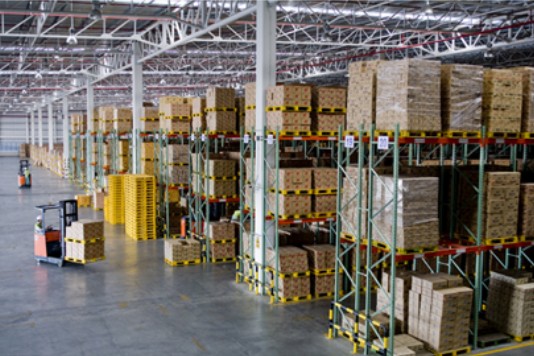Operating procedures for lifting platforms:
Before use, tools and debris that hinder operation near the lifting platform should be removed, and the operating handle should be checked for normal operation. Compared with simple lifting platforms, lifting platforms driven by gear and rack have the characteristics of large height, fast erection speed, safety and reliability, and dual use of people and goods. They are widely used in construction, especially in high-rise buildings. Electric lifting platforms are suitable for various industrial enterprises and production lines such as automobiles, containers, mold manufacturing, wood processing, chemical filling, etc., to meet the lifting needs of different operating heights. At the same time, they can be equipped with various table forms (such as balls, drums, turntables, steering, tilting, and telescoping), and cooperate with various control methods (transfer, linkage, explosion-proof). They have the characteristics of smooth and accurate lifting, frequent starting, and large load capacity, Effectively solving various lifting and lowering difficulties in industrial enterprises, making production operations easy and free. The scissor lift is located in the cabin and consists of an electric motor, a reducer, and a gear rack. The gear at the output shaft end of the reducer extends out of the engine compartment and meshes with the gear rack fixed on the tower, carrying the engine compartment up and down. There is a control system inside the cabin, and operators can also run it randomly. The attachment device is located at the top of the cabin and is a small manual or motorized jib crane.
2. The operating mechanism is sensitive and effective, and the hydraulic system does not allow crawling.
3. When supporting the vehicle, the four support angles should be on the same plane, and the height of the support angle rubber pad should be adjusted to make it in contact with the supporting part of the vehicle chassis.
4. When supporting the vehicle, the vehicle management should not be too high, and the four brackets should be locked tightly after being supported.
5. After the lifting vehicle enters, adjust the lifting platform support block and move it to the lifting point specified for the vehicle model.
6. The lifting personnel should leave the vehicle and lift to the specified height. They must insert safety pins and ensure safety and reliability before starting the operation.
7. Except for subsistence allowances and minor repairs, other tedious and heavy tasks are not allowed to be operated and maintained on elevators.
8. The elevator should not be operated frequently, causing it to take off and land.
9. When supporting the vehicle, lift smoothly and land slowly.
10. It is strictly prohibited to use elevators when someone is working.
11. If it is found that the operating mechanism is not working properly, the motor is not synchronized, the bracket is uneven, or the hydraulic part is leaking oil, it should be repaired in a timely manner and operation with defects is not allowed.
12. After completing the homework design, debris should be removed and the area around the elevator should be cleaned to maintain a clean and tidy environment.
13. Regularly (<half a year) clean the accumulated water in the lifting platform oil cylinder, check the oil level, and if the oil level is insufficient, timely add the same level of pressure oil. Simultaneously check the lubrication condition and lift the transmission gear and groove belt. The lifting platform can be divided into four wheel positioning type and flat plate type according to its function; According to the occupied space, it can be divided into aboveground and underground types; The above ground type is suitable for repair shops without excavation. Some floors are not suitable for installing two column cranes and ordinary four column cranes, and have a wide contact area with the ground. They can be installed on any floor that can be driven to solve customer on-site problems. Compared with two column and four column elevators, scissor elevators have the advantages of occupying no space and being convenient to use. However, their disadvantage is that they have strict requirements for oil compensation and balance, require control boxes, and are expensive.
Home
Menu
Contact Us


